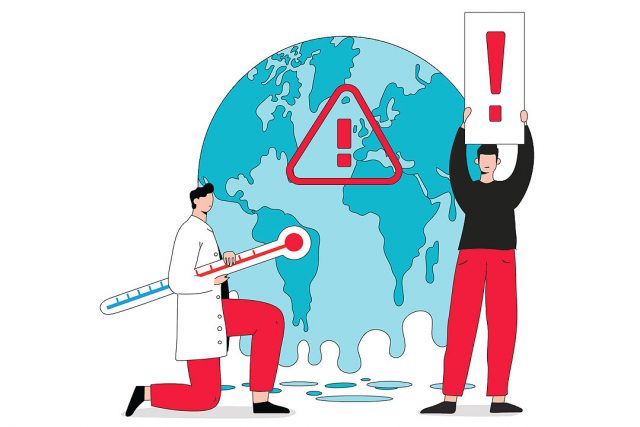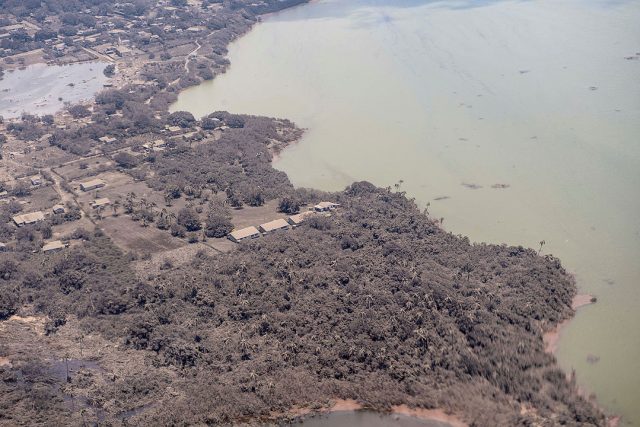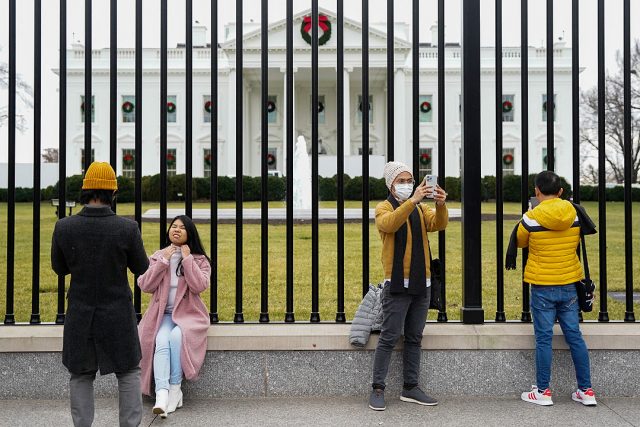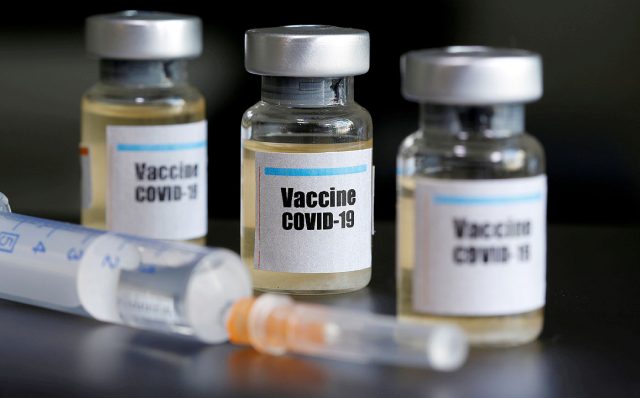Multisectoral collaboration and responsive policy making
The 2020 regulatory impact assessment by the Organization for Economic Cooperation and Development (OECD)/Asian Development Bank (ADB) was unequivocal: “Governments are generally becoming more citizen-centric. For example, improving government service delivery has increasingly become a focus for many OECD member countries in recent years.”
Governments operating under a citizen-responsive orientation have the capacity to deal with powerful social forces. They are insulated from parochial or particularistic interests that tend to undermine the general welfare of the population and society. In this respect, the OECD/ADB report also emphasized that “where government have operated in silos — rather than based on life events or journeys — anticipated benefits have not materialized.”
Republic Act No. 11635, otherwise known as “An Act Amending Section 27(B) of the National Internal Revenue Code of 1997,” is an example of a citizen-centric legislation that was enacted because of the collective intervention of stakeholders to protect, not only the interests of the private education sector, but of the whole education ecosystem in the country.
As stated in the said landmark law, “Hospitals which are nonprofit and proprietary educational institutions shall pay a tax of ten percent (10%) on their taxable income except those covered by Subsection (D) hereof: Provided, that beginning July 1, 2020 until June 30, 2023, the tax rate herein imposed shall be one percent (1%).”
This effective legislative intervention represents how a sensible and responsive legal and regulatory environment should be. Aside from eradicating once and for all the threat of a flawed policy, i.e., the Bureau of Internal Revenue RR 5-2021 that imposed a 150% tax increase for private schools, it demonstrated how such intervention could provide much-needed relief for proprietary educational institutions and concerned stakeholders in this time of pandemic.
The timely and appropriate resolution of the education tax policy predicament is a much-needed relief for the private education system. Burdened with dwindling enrollment, closures, and rising costs of maintenance, government assistance is what private schools or universities need during this crucial time.
If there were no such intervention, the co-existence of public and private educational systems to mold each Filipino to be productive citizens for nation building could have greatly been disrupted with long term consequences.
The non-correction of the BIR RR 5-2021 could also have entrenched an irrational tax regime that is detrimental to the millions of Filipinos relying on proprietary educational institutions and private education. Moving forward, this incredible policy could have served as a precedent for further erroneous taxation policies and regulations, which would surely spill over to other economic and social sectors and adversely affect them.
How did this policy intervention succeed with such speed?
When the devastating consequences of BIR RR 5-2021 were made known to the public, the private education sector united its constituency and collaborated with civil society to bring the issue to a level of national awareness. Naturally, this caught the attention of legislators in both Houses of Congress and moved them into action. Merely six months after the campaign to rectify this error was launched, RA 11635 was approved and signed by President Rodrigo Duterte on Dec. 10, 2021.
The multi-stakeholder character of this legislative victory in amending a bad policy is clearly instructive of the following lessons.
First, the private education sector had a shared goal of rectifying a wrong policy, alleviating the plight of its institutions, and protecting the interests of its stakeholders.
Second, the passage of RA 11635 could not have been possible without the attention and due consideration given by our concerned legislators both in the Lower House and Senate.
Third, civil society actors have equally played an important role in terms of advocacy and lobbying.
The above-mentioned three actors displayed a cross-sectoral collaboration that created a powerful clamor to extinguish the imminently disastrous threat of BIR RR 5-2021. Truly, the students, teachers, non-teaching employees, parents, allied workers and industries, and the whole education system itself would be benefitted by the corrective legislation.
Another very important lesson in governance, economy, and society points to the lessons that emanate from a bureaucratic policy or regulation that is devoid of consultation and insensitive to the needs of citizens. Erroneous policies, on the one hand, are a result of an organization’s culture or practice operating in isolation from the involved social sectors. Good policies, on the other hand, are a result of consultation, coordination, and collaboration between agencies and sectors.
As highlighted by the OECD/ADB’s report, “OECD experience shows that facilitating engagement of affected businesses and citizens at the outset has been crucial in gaining acceptance of burden reduction programs, and more broadly in improving the design of regulations.”
We need to further strengthen the productive balance between the public and private education systems. Our educational institutions should be treated as a structural pillar that not only trains our workforce but teaches our people the morals, values, and duties as Filipino citizens.
Victor Andres “Dindo” C. Manhit is the president of the Stratbase ADR Institute.



![Data_security_05-[Converted]](https://www.bworldonline.com/wp-content/uploads/2022/01/Data_security_05-Converted-640x427.jpg)








